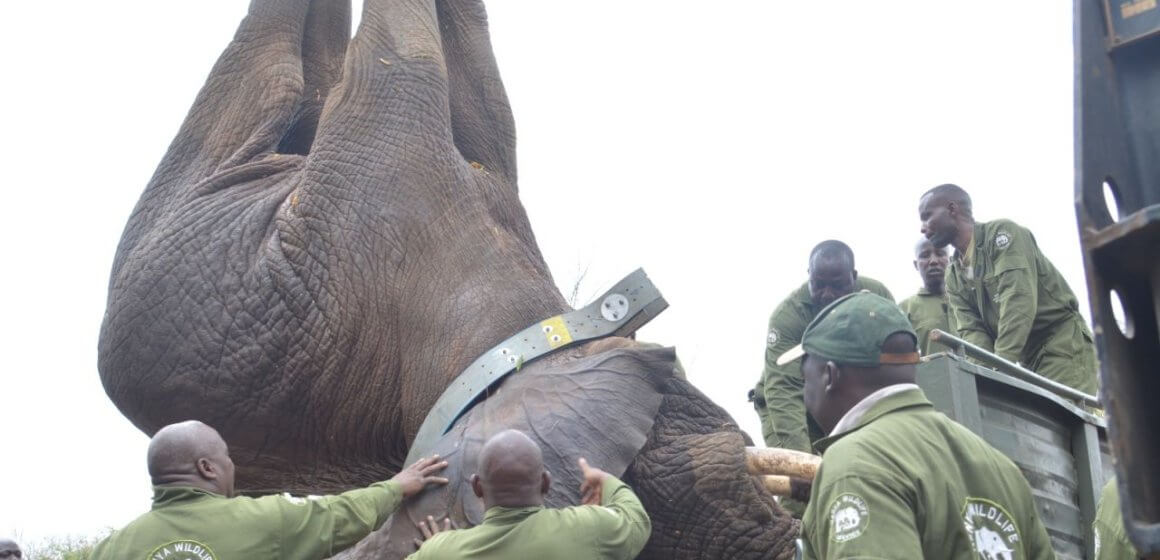|
LISTEN TO THIS THE AFRICANA VOICE ARTICLE NOW
Getting your Trinity Audio player ready...
|
On Monday, Kenya begun relocating 50 elephants from the overcrowded Mwea National Reserve to the larger Aberdare National Park in a bid to manage the booming elephant population and reduce human-wildlife conflict.
The move, overseen by Kenya Wildlife Service (KWS) and the Ministry of Tourism, was prompted by a thriving elephant population that has outgrown the 42-square-kilometer Mwea reserve, located just east of Nairobi.
Originally designed to host 50 elephants, the reserve is now home to 156, putting a strain on the ecosystem. Kenya Wildlife Service Director General, Erustus Kanga, pointed to this increase as a sign of conservation success. “This shows that poaching has been low and the elephants have been able to thrive,” he said.
The relocation, which began last week, aims to transfer 50 elephants to Aberdare National Park, a sprawling 780-square-kilometer park in central Kenya. As of Monday, 44 elephants had already been safely relocated, with the remaining six scheduled to move the following day. A second phase to transfer another 50 elephants is planned for a later date, although the exact timing has not yet been disclosed.
Tourism Minister Rebecca Miano, who was present to oversee the transfer of five elephants, emphasized the importance of this operation. “This will go down in history as a record, as it is the biggest exercise of its kind,” Miano said. “It is the first time we are witnessing the translocation of 50 elephants at a go.”
The relocation process begins at dawn each day and is a highly coordinated effort, involving a combination of aerial surveillance, tranquilizers, and careful transportation of the animals. A fixed-wing aircraft first locates herds of elephants, which naturally move in small family groups of around five. The aircraft then directs two helicopters, which work to guide and separate the elephants for relocation. Inside the helicopters, veterinarians armed with tranquilizer darts carefully sedate the elephants before teams of ground specialists move in to monitor their vitals and prepare them for transport.
Once tranquilized, the massive elephants, each weighing several tons, are carefully loaded onto specially designed trucks. They are then driven 120 kilometers to their new home in Aberdare National Park. The transport teams ensure that the animals are relocated with their family units to minimize stress and ensure a smooth transition to their new environment.
Beyond managing the elephant population, the relocation aims to alleviate human-wildlife conflict in the region. With the growing number of elephants in Mwea, food within the reserve has become scarce, leading to the animals venturing onto nearby farmland in search of sustenance. This has resulted in tension between the elephants and local communities, who have seen their crops destroyed.
The ambitious relocation project, which has already cost an estimated 12 million Kenyan shillings ($93,000), is part of Kenya’s broader efforts to conserve its rich wildlife heritage.











LEAVE A COMMENT
You must be logged in to post a comment.